Latinx Abstract: Reflections on a History-Making Exhibition
Latinx Abstract, currently at BRIC, Brooklyn, is a history making exhibition focusing on Latinx abstraction. For decades, scores of Latinx artists have worked in abstraction—a point that is made clear by artists such as Freddy Rodriguez and Fanny Sanin, who have been working in abstraction for over fifty years. Unfortunately, the little attention paid to Latinx art has contributed to the dearth of knowledge on this topic. Today, abstraction remains largely associated with male white artists, making it difficult to summon the Latinx abstract.
Latinx Abstract, curated by Elizabeth Ferrer, forces a consideration of the racial politics of abstraction, an unavoidable topic when discussing a genre that has stereotypically traced its origins and best representation to European and Anglo-American mid-twentieth century artists (Ferrer 2021). For generations, scores of curators have challenged and rewritten this canonical view uncovering the many excluded histories of abstraction as cross-cultural artistic manifestation. There are even philosophical arguments questioning the distinct nature of abstractionist aesthetics. This is the view that insofar as all art operates in a “denaturalizing and reformative fashion,” it is definitionally always abstract.
The racial politics around abstraction have been well-rehearsed in relation to African American art, where generations of scholars and critical race theorists have debated abstraction in relation to what is black art and how it should look like. In this regard, many have questioned abstraction’s political stakes. Others praise its “freedom” from the representational risks of evoking “positive” and negative images and stereotypes. In fact, in a context where black and brown bodies are increasingly coveted in a contemporary art market dominated by primarily white collectors, we can understand why some artists of color may purposefully choose abstraction to avoid their fetishization and commodification.
In all, debates around abstraction are as limitless as are its manifestations– but the message Latinx abstract makes clear is simple and overdue: Like most contemporary artists, Latinx artists work in different genres and topics, and it is time to make room for thinking about abstraction and challenge strict opposition to some equally static conception of realist art. Most of all, it is always time to challenge the stereotypical assumption that one is supposed to “see” identity in the art of BIPOC artists.
This narrowing view was reflected in my interviews with Latinx artists, who fielded irritating questions whenever they work in abstraction. Some felt pressure to move away from figurative work to abstraction, which they felt was favored by their MFA mentors as “qualitatively” better. Others experienced push back against doing abstract work through accusations of wanting to whitewash their work, or through blatant and subtle biases favoring work that could be “seen” as Latinx, around the expectation that brown and Black artists painting brown and Black figures would be more commercially viable. Many also bemoaned the art market’s limiting pressure to decide between branding themselves as “figurative” or abstract artists as a strict and irreversible choice. In other words, abstraction was seen as a highly contested terrain loaded with meanings and issues, beyond artists’ control, or their intentions. All of this made abstract art extremely political—because to do abstract art often involved battles to assert the right to produce work free of imposed expectations, constraints, or assumptions.
Yet one key lesson from the history of African American artists and abstraction is the importance of claiming space in all types of exhibitions as a way of transforming and troubling its dominant definitions of African American and “Black art.” To date, an archive of important exhibitions of African American art have canonized abstraction in African American art in ways that make early questions around the authenticity or the politics of abstraction in African American art seem almost passé, at least when seen from a historical perspective. Similarly, African American abstract artists such as Mark Bradford and Sam Gilliam remain some of the most successful African American contemporary artists—both of them males; raising the specter of male dominance in contemporary art, and considerations around gender, abstraction, and commercial success.
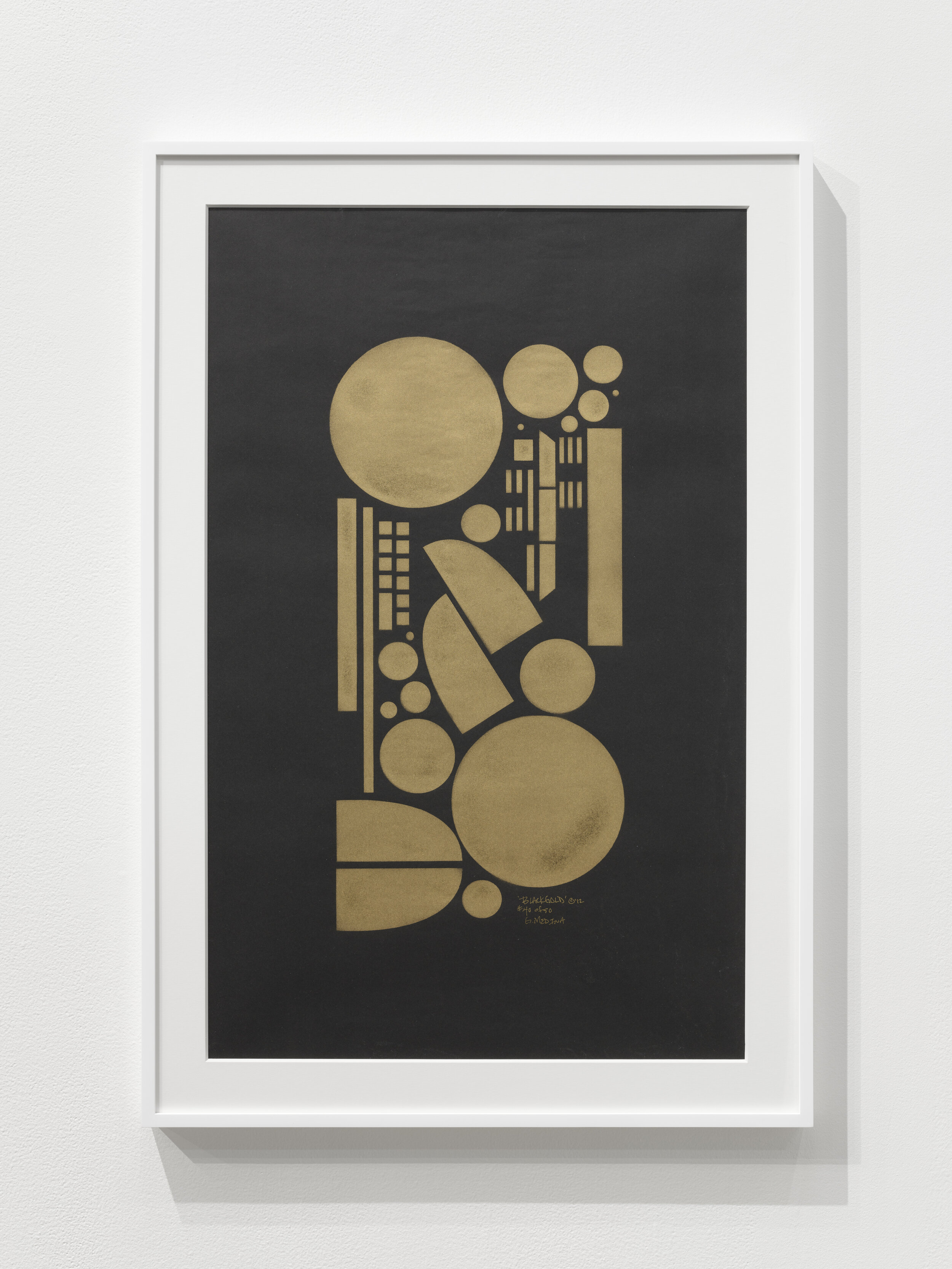
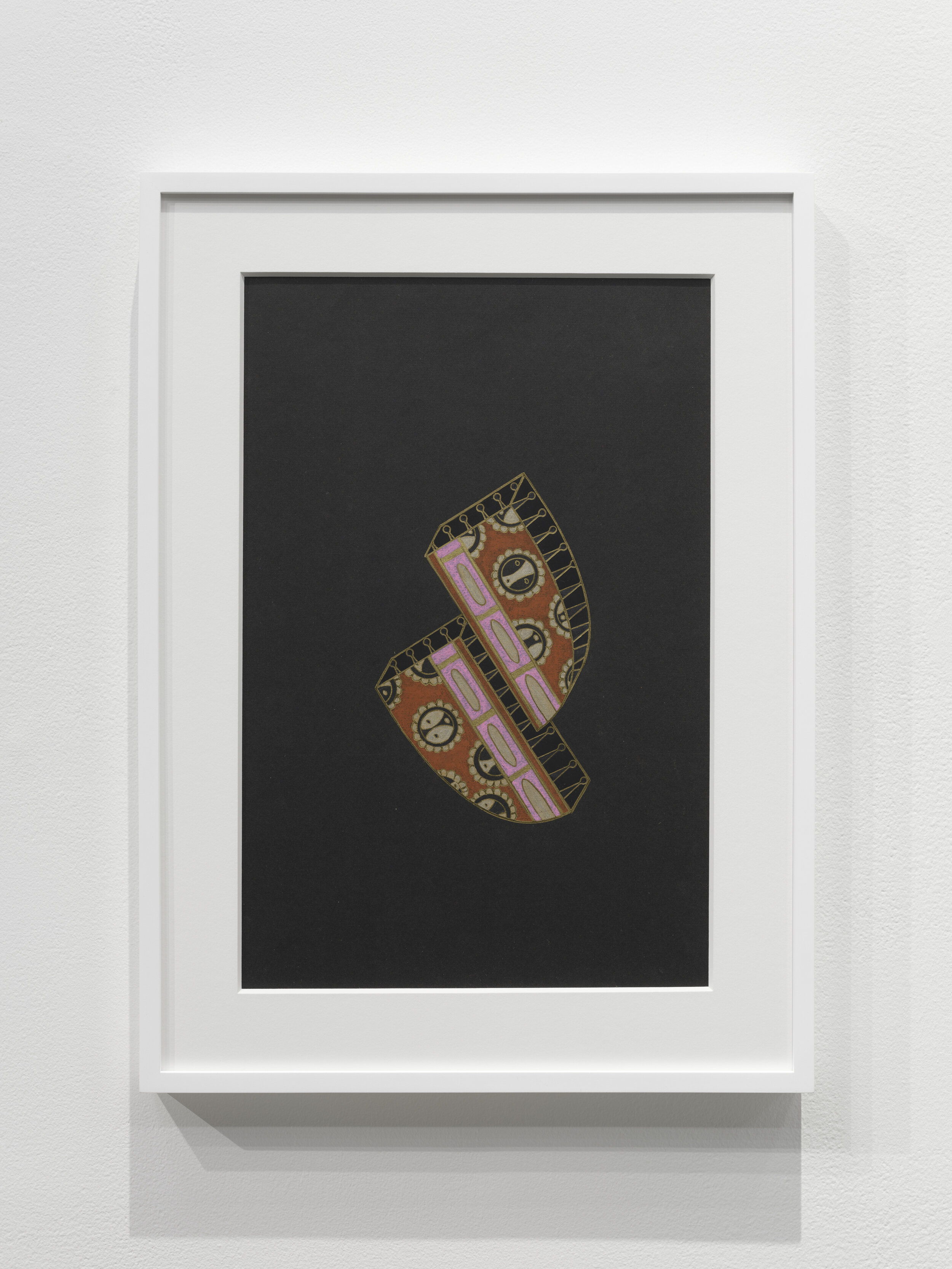
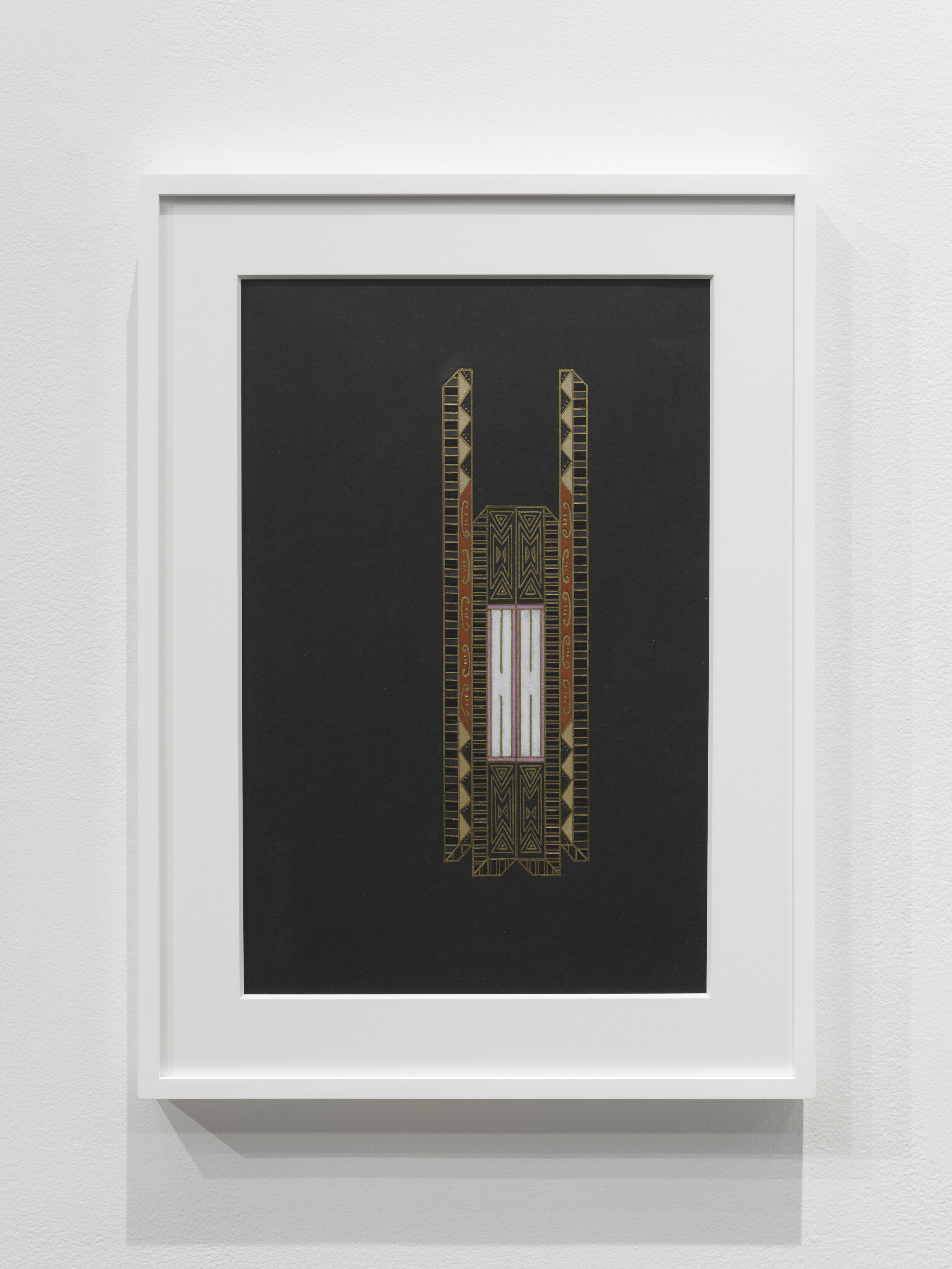
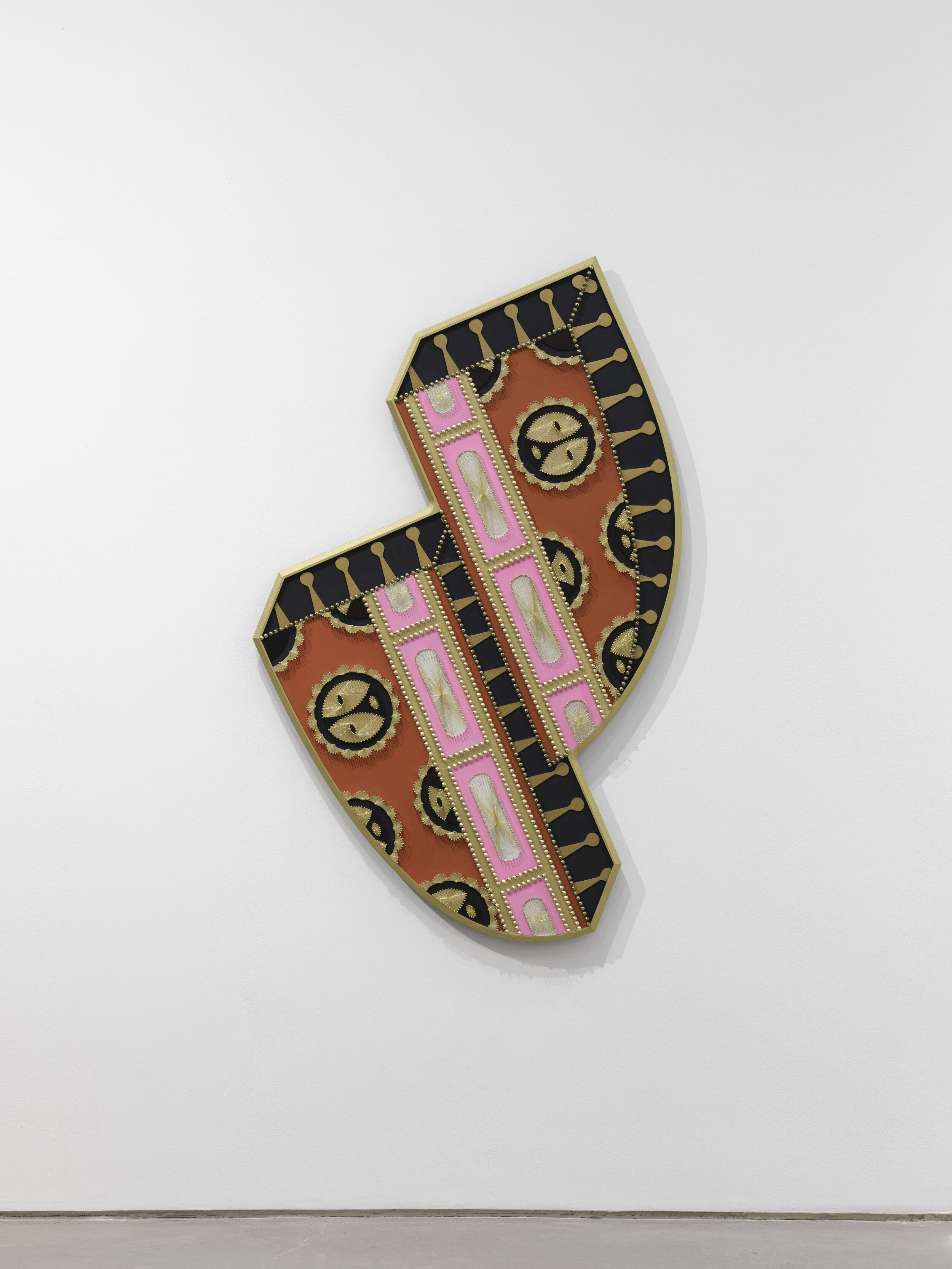
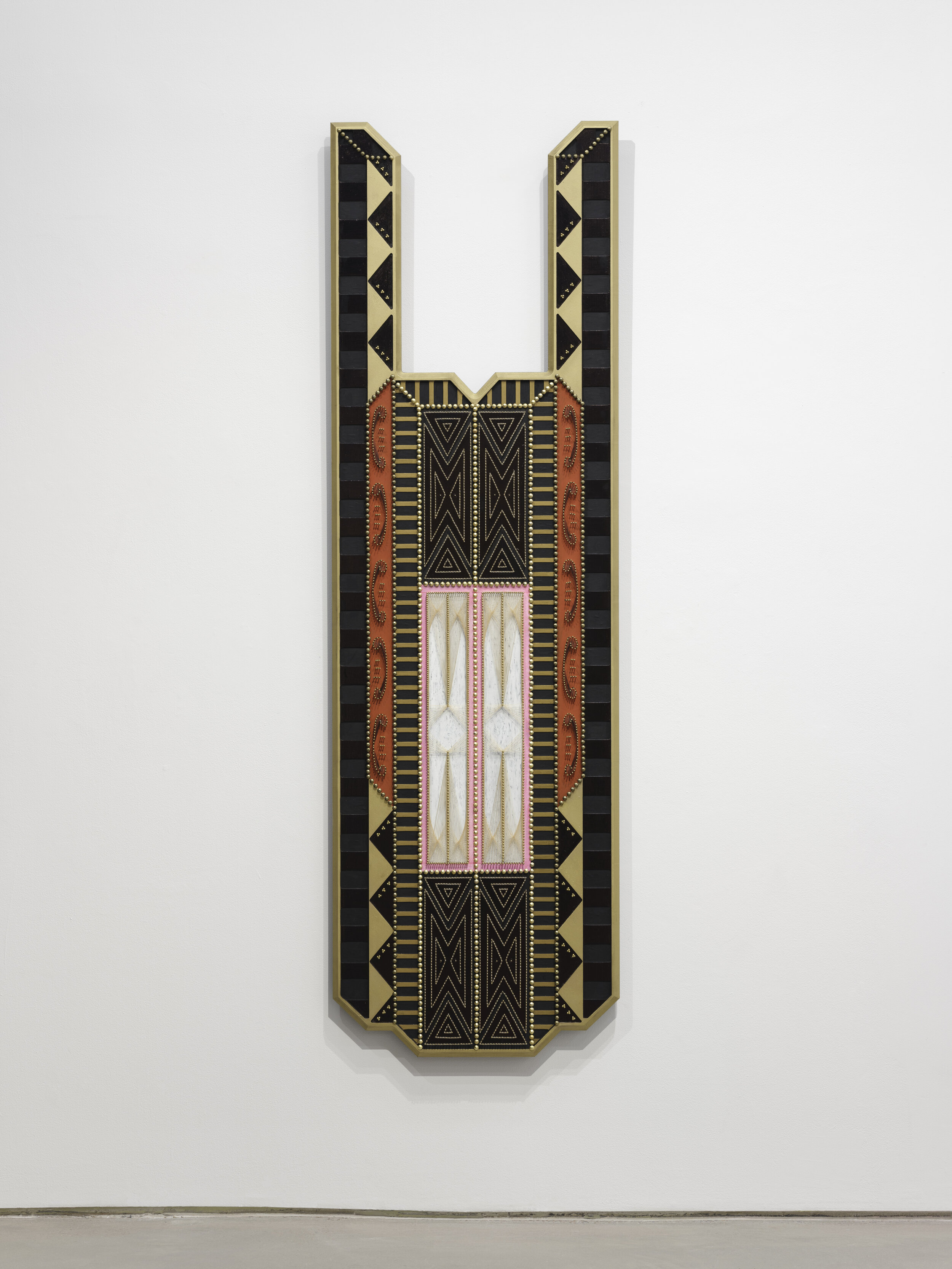
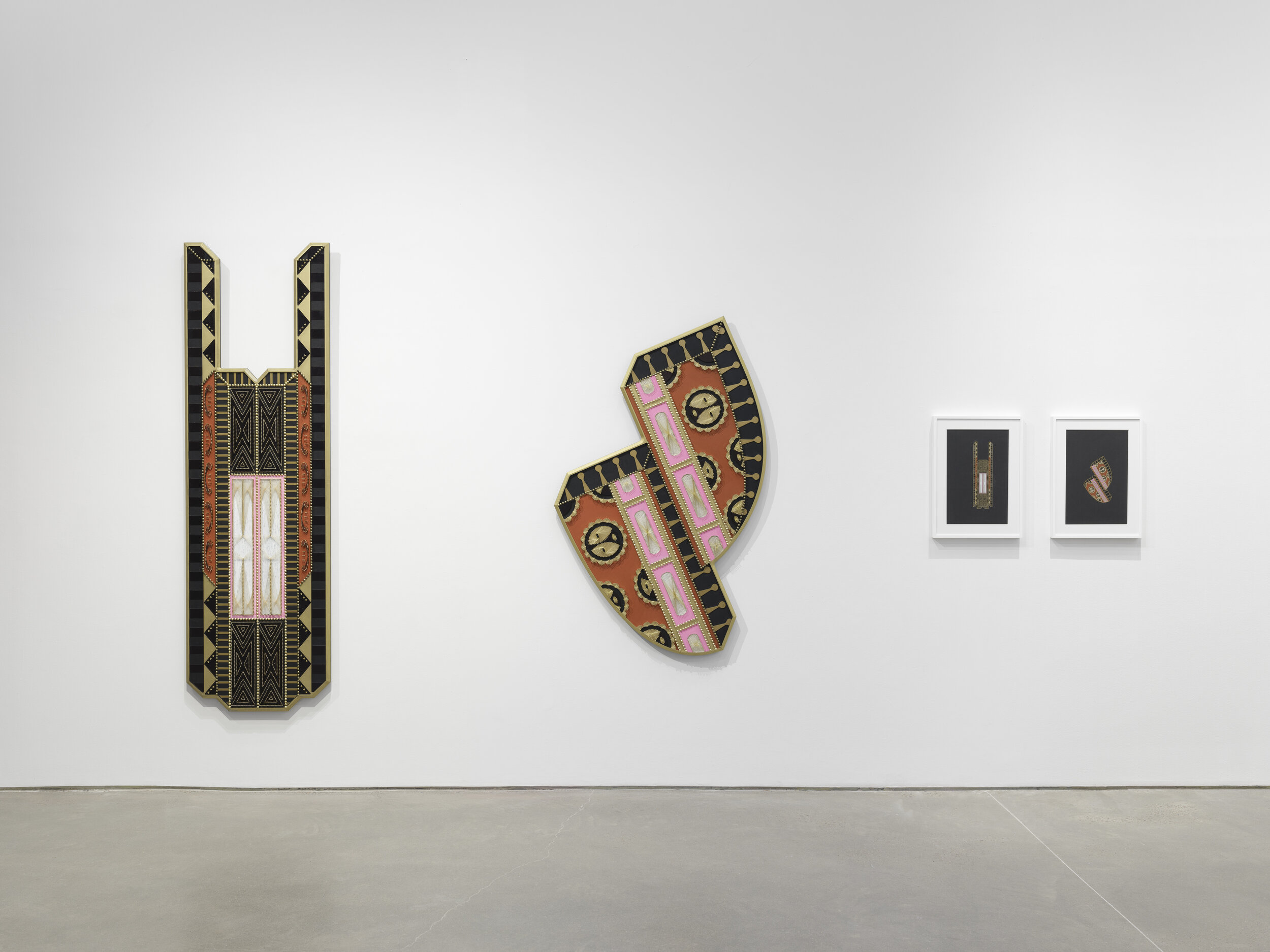
With Latinx abstract art, however, we are barely beginning to achieve a more complex and rounded representation where abstraction is presented as a widespread aesthetic, rather than one that is rare or politically charged. Here, Ferrer’s exhibition is revolutionary for troubling the scarcity of representations and exhibitions featuring abstract artists with vigor. In the catalogue for the exhibition, Ferrer points to the 2013 exhibition at the American Art Museum of the Smithsonian Institution curated by Dr. E. Carmen Ramos, Our America: The Latino Presence in American Art which featured a number of artists working in abstraction such as Olga Albizu, Teresita Fernández, Jesús Moroles, Paul Henry Ramirez, and Freddy Rodríguez and to the solo exhibition by artist Virginia Jaramillo currently at the Menil Collection in Houston, Texas, as two foundational exhibitions foregrounding Latinx abstract artists. Coincidentally, Jaramillo’s show marks the 50th anniversary of her inclusion as the only woman and Latina in the Menil’s groundbreaking The De Luxe Show (1971), one of the first abstract contemporary art exhibitions to feature artists of color in the United States (Moya Ford 2020). Then there’s also the Carmen Herrera solo show at the Whitney Museum (2016) that catapulted her market success, though as I note elsewhere, the tendency to brand her Cuban-ness, has lessened her recognition as a Latinx artist. An even more important precedent is Abstract Visions, curated by Carla Stelweg in 1987 at MoCHA, Nov. 24, 1987 to Jan. 1, 1988, with Freddy Rodriguez and Yvone Estrada as two of the exhibiting artists. Still the number of exhibitions featuring Latinx abstract artists that get national attention are few and far between.
Ferrer has picked a group of artists that span different generations, nationalities, backgrounds and more, including some well-known artists like Fanny Sanin, who had only been shown in “Latin American art” contexts. In particular, I was happy to see Candida Alvarez and Glendalys Medina, two Afro-Boricua artists because we don’t tend to associate Nuyorican art and abstraction even though there are many past and present examples of Nuyorican artists working in abstract art, such as Carlos Osorio, Marcos Dimas, and José Morales. This inclusion also challenges the hegemony of male Nuyorican artists in all types of genres. Born in Brooklyn in 1955 and now living in Chicago, Candida started her art career in New York City in the midst of multiculturalism, at the height of “Hispanic” art. Glendalys, twenty-four years younger, was born in Puerto Rico and raised in the Bronx, and is working at a moment of growing recognition of Latinx artists. Their inclusion in a show like Latinx abstract would have been unimaginable for Alvarez in the late 1980s and early 1990s, when Latinx artists were seldom the subject of an exhibition spotlight on their own, much less focusing on abstract art.
In fact, Candida’s work can be seen as part of. a long trajectory to fight for her imagination and her paintings as a mysterious space to be free, to create, and to invent. Candida’s colorful Vision paintings exhibited in Latinx Abstract are a perfect example. These paintings were influenced by the frescoes and paintings of Piero de la Francesa when she visited Umbria and was amazed by their color and brilliance, despite their age. Candida takes color seriously, she considers it magical, but also the product of science and experimentation. She also sees herself as a poet or writer in the process of creation and described her paintings as the product of expression, imagination, and conversations with multiple imaginary interlocutors that visit her whenever she paints. While doing the Vision paintings, her visitor was Puerto Rican Impressionist painter Francisco Oller (1833-1917), the artist who most influenced her to become an artist, and more specifically, a painter.
Glendalys’ works in Latinx Abstract echo a similar quest for self-expression. In fact, as one of many Latinx abstract artists I met who faced accusations of producing work that is “too white,” this goal is both political and personal. “It’s not easy to swallow a person of color doing abstract work,” she tells me, marveling at why white artists remain the key public reference available for accessing abstraction, entirely bypassing generations of abstract artists of color.
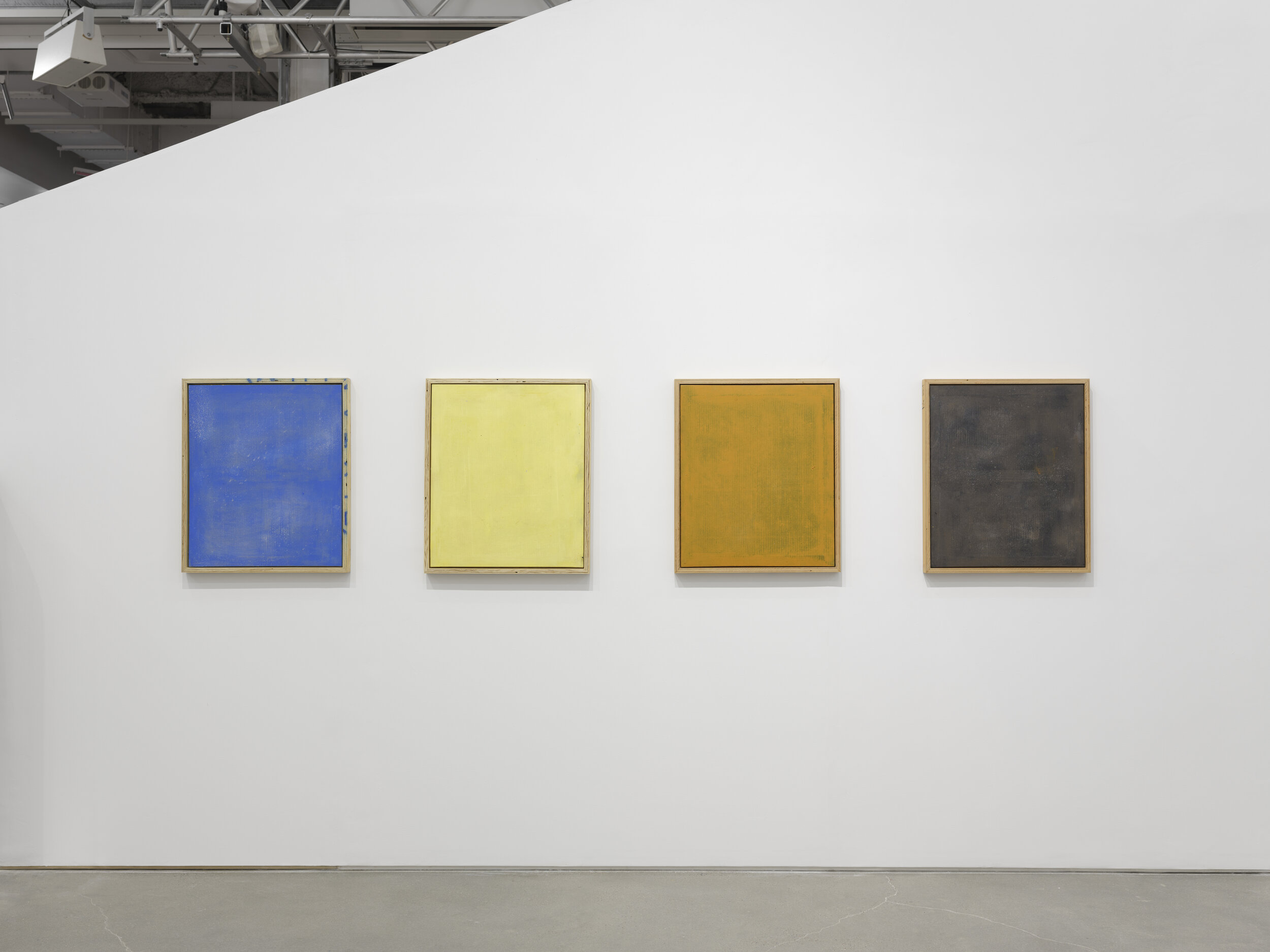
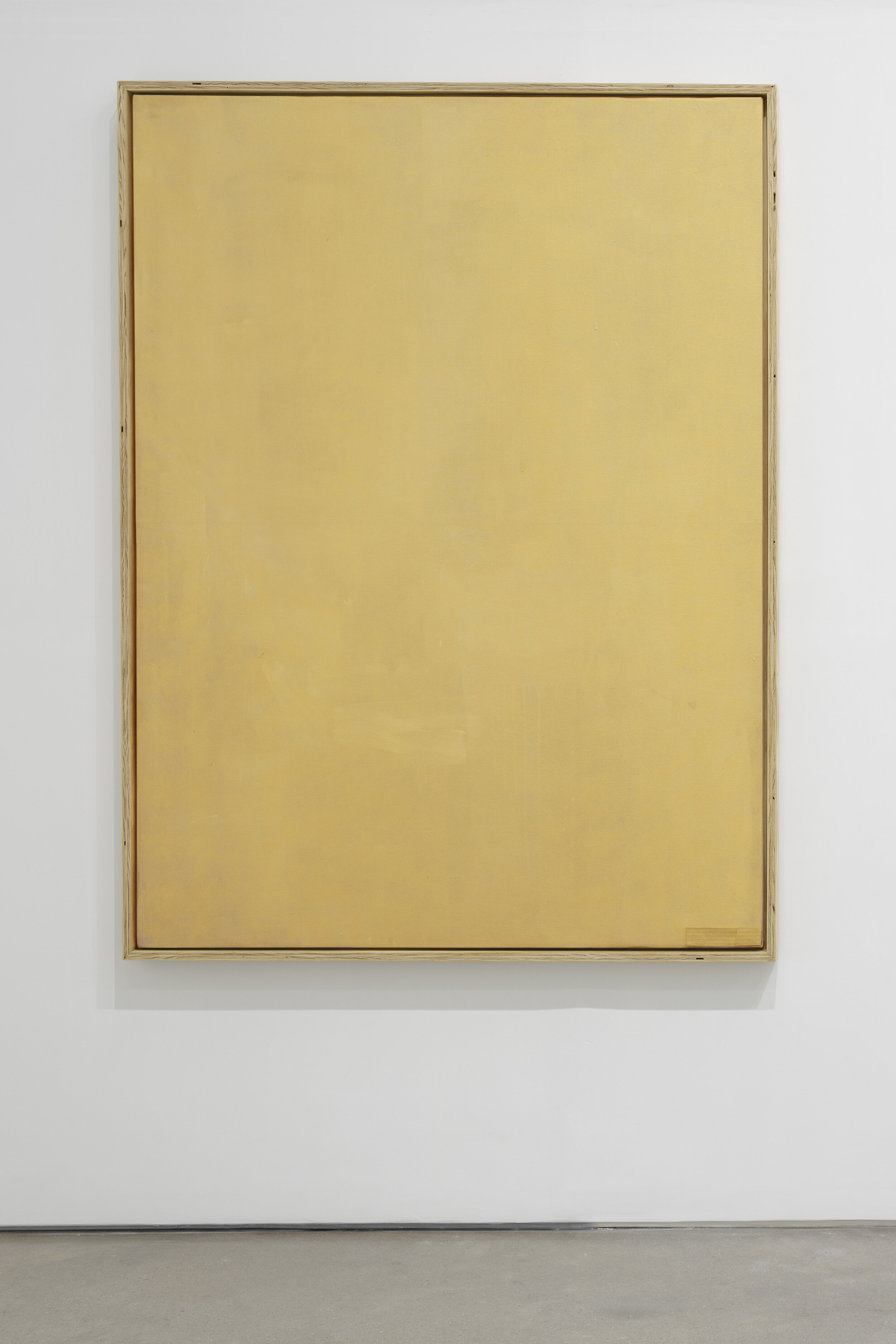
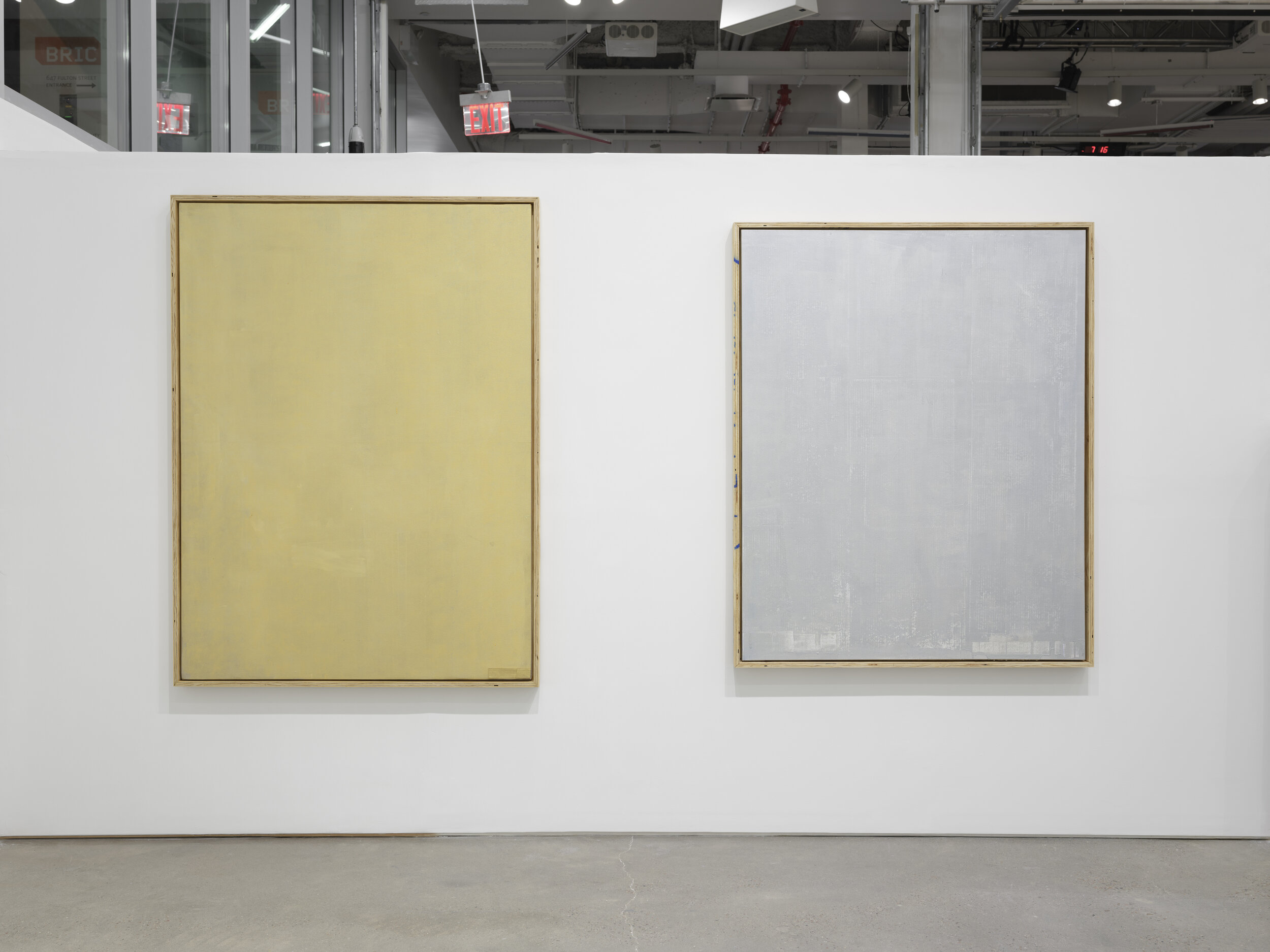
Medina’s piece “BlackGold 2012” represents a direct challenge to dominant views of abstraction as “too white.” With this piece, Medina anchors the values of transculturally, identity and difference that she feels are missing in the art world imbuing geometric forms often seen as the absence of identity with highly saturated cultural references. For instance, in “BlackGold” she makes up a pictorial and original visual alphabet based on geometric shapes deconstructed from the popular boombox. In it, Afro Diasporic cultural references from hip hop commingle with Indigenous imagery references to anchor pre-modern influences to abstraction. As she tells me, “The indigenous people were the first graffiti artists.” With this piece, Medina exposes gold’s continued fetish in present-day consumer capitalist societies while elevating urban, hip hop, and Afro-Nuyorican and Taino references. In the end, she intimates a creative line of invention, artistry and empowerment between the art and writing the Taino left in stones and those of kids carrying boomboxes, listening to hip hop, and writing graffiti in the Bronx.
Graffiti and urban culture are also a key reference for Cárcamo, who was also once a graffiti artist and tagger. In his Kase paintings, the artist tags the name Kase, homage to the legendary graffiti writer Kase2 (Jeff Brown), then uses graffiti remover products to produce monochromatic minimalist paintings where the tags are indiscernible as a commentary to the hierarchies of value between urban street art and “high art.” Yet, do not tell Cárcamo, who was born in El Salvador raised in Jamaica, Queens, and lived in Miami before settling back in NYC, that his work is about ‘graffiti.” Graffiti is often misunderstood to be only about writing, instead of as one of the expressions of a broader urban hip hop culture. Cárcamo’s monochromatic paintings echo this larger urban repertoire. He shuns oil paint for paint with domestic references such as latex and spray paint and describes his process of painting as looping and sampling. The result are paintings where layers of paint are applied and removed, where paint drip marks are carefully positioned as a collage, and reclaimed readymade materials like plywood frames become a key part of the composition. “I construct painting like hip hop,” he tells me, as he describes how tied his work is to a broader urban culture that has been historically surveilled, commodified and misunderstood, and has survived by playing with expression, visibility and concealment.
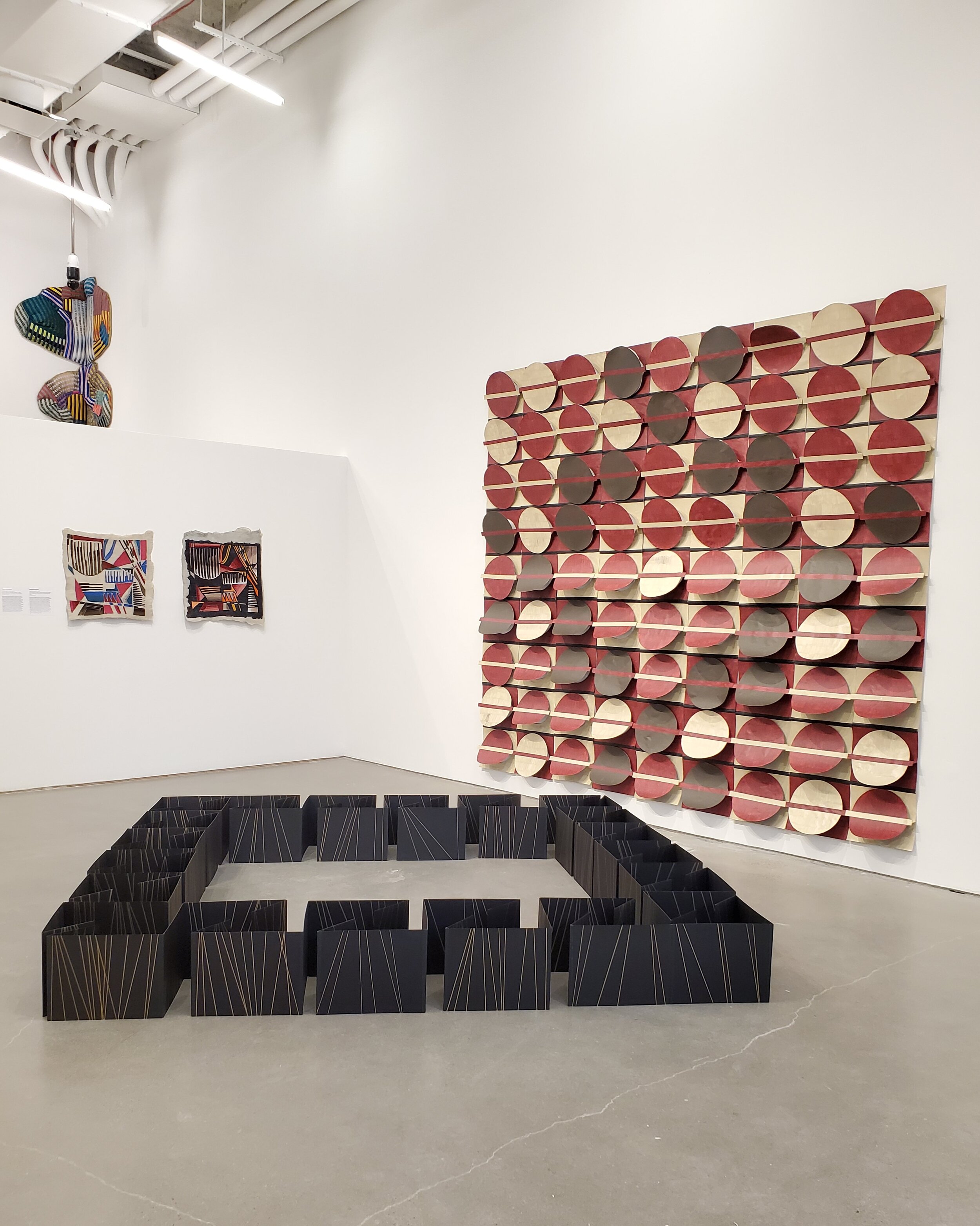
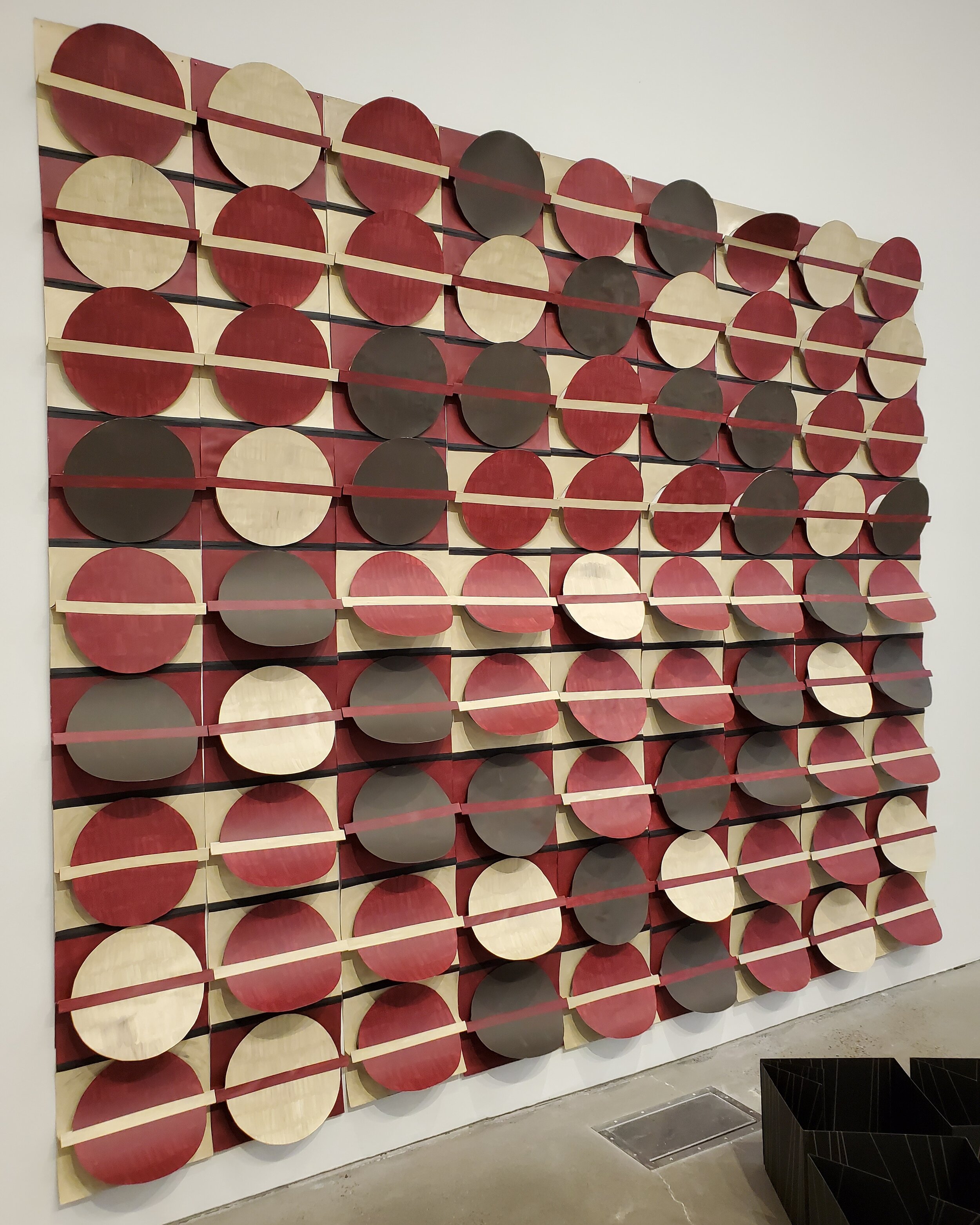
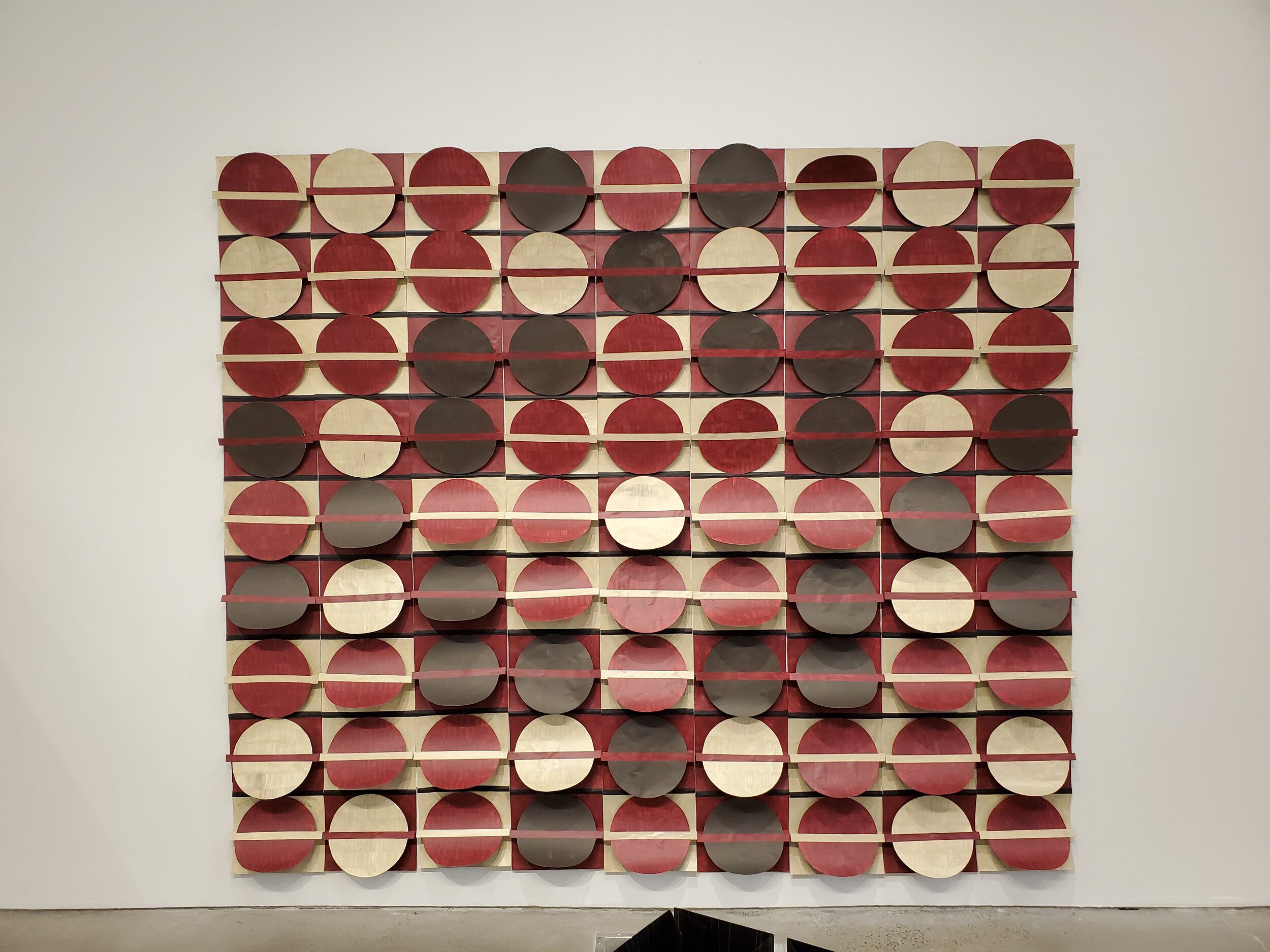
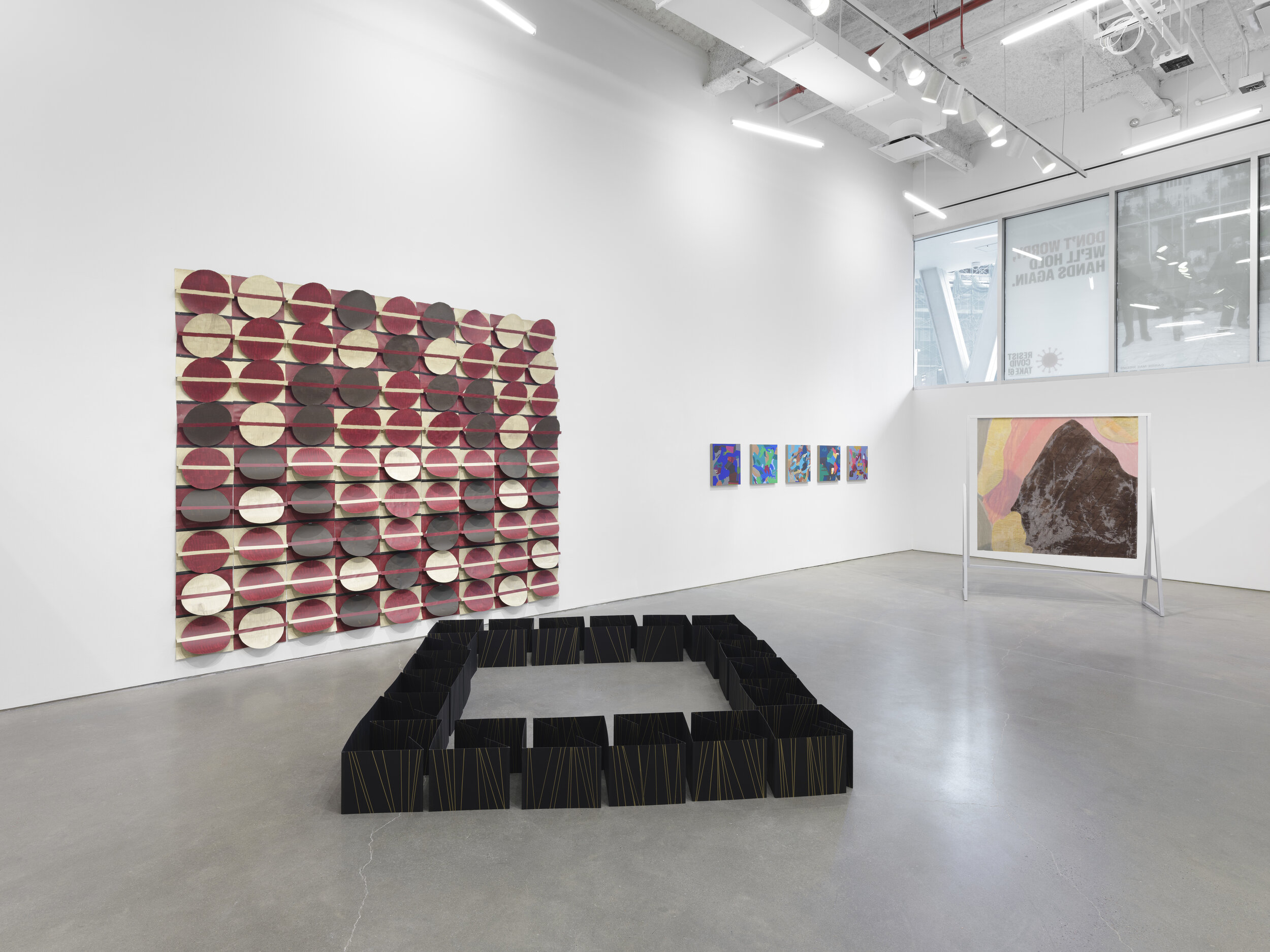
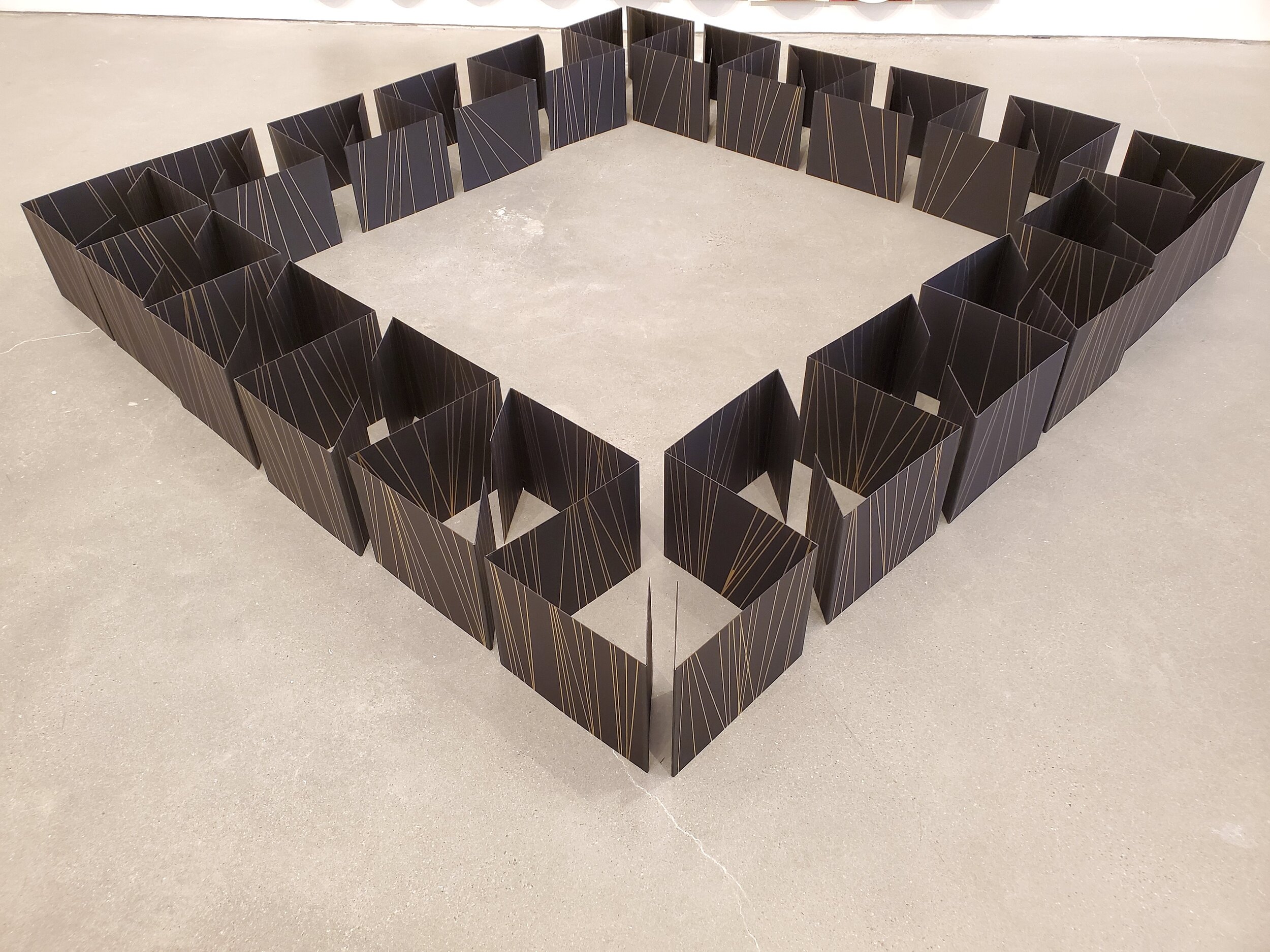
Mary Valverde, a Queens-based interdisciplinary artist, known for her installation work, has also been in a quest to express and expand understanding through her work, this time about indigeneity, knowledge and the very origins of abstraction. In her work for Latinx Abstract, “Huaca,” titled after a Quechua word for “sacredness,” Valverde uses arithmetic diagrams and patterns to elaborate on the values of time and space and to center indigeneity and, in particular, indigenous epistemologies and systems of knowledge. For instance, the geometric forms in her work are based on Andean architecture and woven tunics, drawing from her Ecuadorian and South American background to purposefully rescue marginalized knowledges that were most historically marginalized. In Valverde’s work, these formerly colonized knowledges are roots for empowerment and anti-colonial praxis today, as she asserts their survival, power and relevance, as the original source for human cognizance and understanding for arithmetic and science. Moreover, Valverde engages audiences in ways that prioritize those “in the know.” For instance, hidden yet in plain sight of the “Huaca” installation is the chakana symbol, also known as the “Incan cross,” a motif / geometric pattern common in pre-Columbian Andean design and contemporary textiles, which may be more or less discernible to viewers based on their familiarity with Indigenous culture.
In all, the artists in this exhibition challenge us to think beyond categories and narrow definitions of Latinx art, rallying against the tendency to pigeonhole Latinx artists with particular genres. Whether it is by helping viewers appreciate abstraction in artisanal processes, materials and processes as does Sarah Zapata in her colorful sculptures of clothing and fiber, or to think about the inherent abstraction of DJ sound mix as does Maria Chávez’s work -- these works helps us to see and appreciate abstraction as a resource that is readily available for invention and self-making. These works weave varied histories and narratives about Latinx identity, history and culture—spanning indigeneity, hip hop culture, urban everyday life, and/or use of craft and materials. They challenge the minimalist ideas we tend to associate with "abstraction" while helping to unearth marginalized identities, narratives and histories. They make clear why it is so important we broaden our understanding of Latinx artists’ creativity and invention, as well as the scope and look of contemporary art.
*All images by Sebastian Bach, unless otherwise noted.
Arlene Dávila is Professor of Anthropology and Social and Cultural Analysis at New York University and Founding Director of The Latinx Project. She has authored six books among them, Latinx Art: Artists, Markets and Politics. To learn more, visit her website here.

